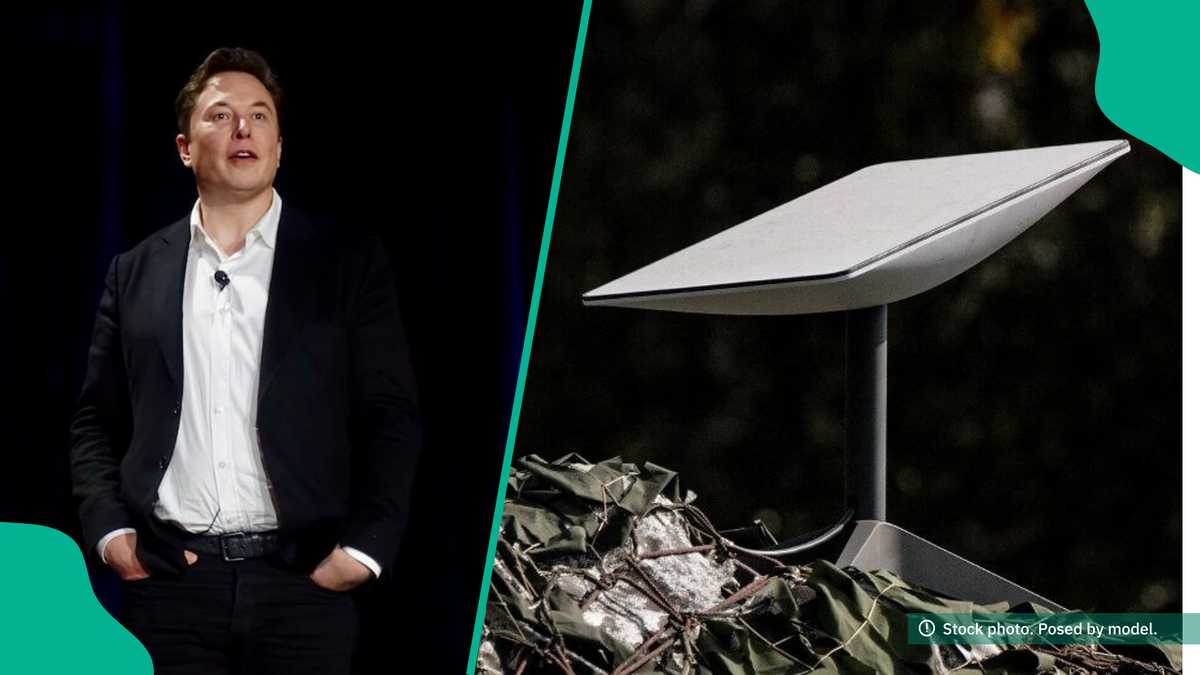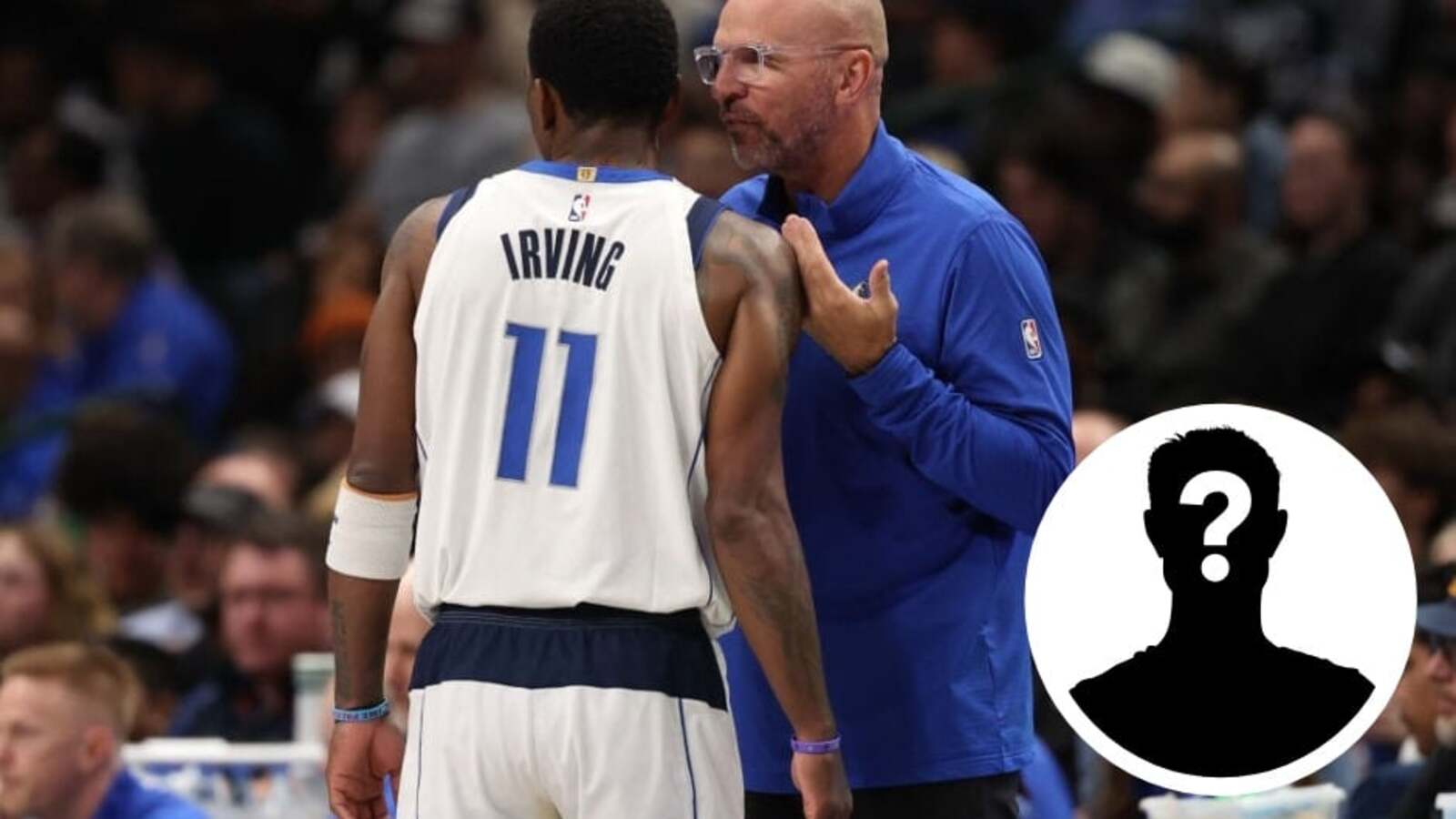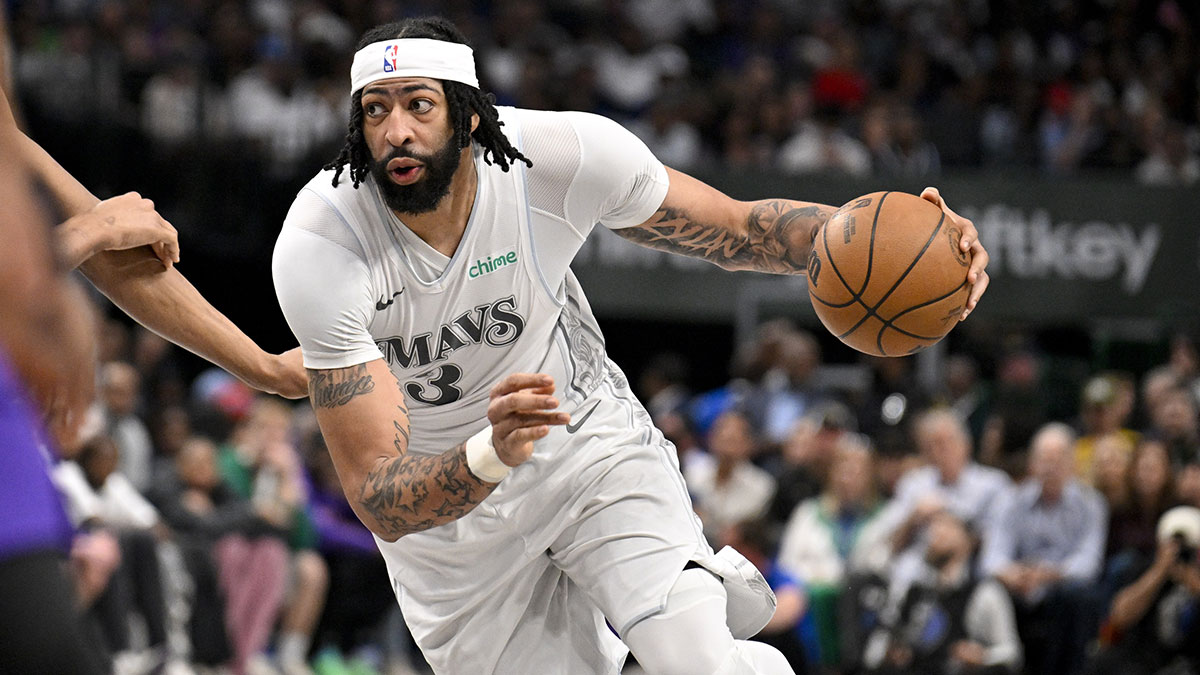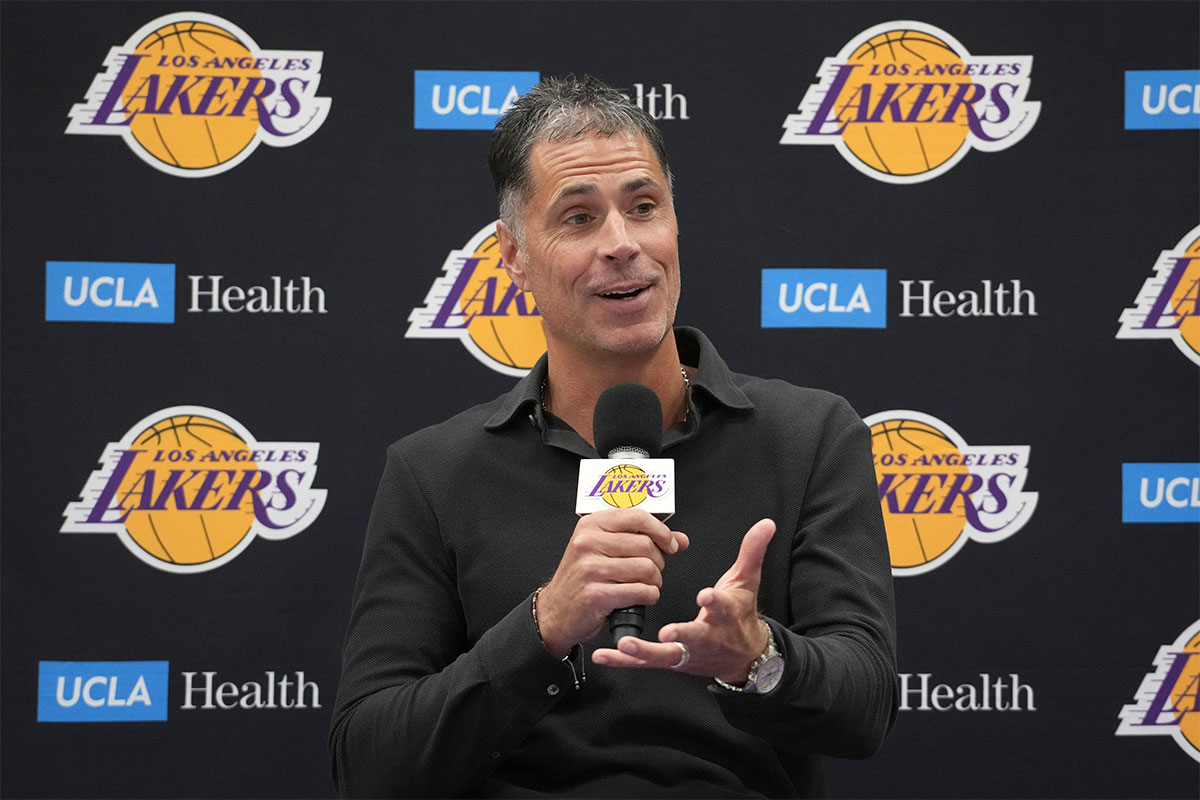Inside The 2025 NBA Draft The Game Changers And The Question Marks - RealGM Analysis
The 2025 NBA Draft is now in the books, but it's always worthwhile to reflect on the picks and hauls that shaped the future of the league. Let's examine the teams that excelled and the prospects who landed in ideal situations, alongside those who made puzzling decisions or found themselves in challenging spots.
It's not groundbreaking to say the Mavericks succeeded in landing Cooper Flagg, but the impact cannot be overstated. Dallas was a borderline playoff team in 2024-25, yet the franchise maintains championship aspirations with Kyrie Irving and Anthony Davis leading the way. Landing Flagg—one of the premier two-way prospects in recent memory—transforms the Mavericks into legitimate contenders on paper.
Flagg's Duke statistics speak volumes: 19.2 points, 7.5 rebounds, 4.2 assists, 1.4 steals, and 1.4 blocks per game. He brings Dallas a three-level scorer who can also orchestrate the offense—a crucial asset as Irving recovers from a torn ACL that could sideline him until January or February. Flagg's elite wing defense and exceptional off-ball instincts make him a complete player.
When GM Nico Harrison shocked the basketball world by trading Luka Doncic, he declared that "defense wins championships." Harrison will love Flagg's defensive prowess, which might just save his job.
Flagg fits seamlessly as the starting small forward, creating a potential closing lineup of Irving, Max Christie, Flagg, Davis, and Dereck Lively II that could rival any in the league.
The Mavericks also signed Ryan Nembhard as an undrafted free agent. While not as tall as his brother Andrew, Nembhard averaged 10.5 points and 9.8 assists for Gonzaga last season. As college basketball's best passer and a tenacious defender, he could provide valuable point guard depth for a contending team.
The Spurs did what they had to do in taking Dylan Harper second. He was clearly the second-best prospect in the class, and he should give San Antonio the long-term perimeter juice it needs to complement Victor Wembanyama. Harper's fit might be a little awkward initially due to the presence of De'Aaron Fox as their lead guard. They also have to get Stephon Castle, last year's Rookie of the Year, his reps. But Harper is an electric downhill driver, he shows potential as a shooter and he's comfortable as a playmaker. He has star written all over him.
San Antonio also selected Carter Bryant with the 13th pick, which elevates their draft evaluation. Harper would have been an easy pick for any team at No. 2, so it's Bryant that gives the Spurs a great draft class.
Bryant might not be an instant-impact player for San Antonio, but he's a big, strong wing with a ton of athleticism. He uses all of his physical attributes to play solid perimeter defense, and he has the potential to be a very good defender in his career. Bryant also shot 37.1% from deep in his freshman season at Arizona, making him a good-looking three-and-D prospect.
The Spurs aren't going to be short on dynamic offensive players moving forward. Between Wembanyama and Harper, they're probably good there. But adding an OG Anunoby-type to the core can be a game-changer. With proper coaching development, Bryant could fill that role perfectly.
After gambling on Tidjane Salaün last year, Charlotte wisely played it safer in 2025. The Hornets selected sharp-shooting Duke wing Kon Knueppel fourth overall instead of reaching for higher-upside options like Tre Johnson.
Knueppel's fit alongside LaMelo Ball and Brandon Miller appears seamless. His potential for 40% three-point shooting and exceptional decision-making address Charlotte's needs perfectly. Knueppel's competitive fire and winning mentality could help shift the franchise's culture after years of struggles.
Charlotte's later selections demonstrate impressive depth evaluation. At 29th overall (acquired by trading Mark Williams to Phoenix), the Hornets selected UConn wing Liam McNeeley. Throughout the college season, analysts debated whether Knueppel or McNeeley was the superior shooter. While Knueppel ultimately separated himself, McNeeley's 6-foot-7 frame and floor-spacing ability should translate to NBA success.
The Hornets addressed their center vacancy by selecting Creighton's Ryan Kalkbrenner 34th overall. Kalkbrenner dominated college basketball as a rim protector, averaging 19.2 points, 8.7 rebounds, and 2.7 blocks in his final season. His shot-blocking should translate immediately, while his expanding offensive game (34.4% from three) adds versatility as a pick-and-pop option and Ball's pick-and-roll partner.
Duke's Sion James rounds out Charlotte's draft class as another second-round selection. James projects as a strong NBA defender with role-player potential if his shooting continues developing (41.3% from three on limited attempts).
Charlotte added four mature, winning players who should contribute immediately to their cultural transformation.
Bailey may not be thrilled about landing with Utah initially, but he'll appreciate the situation eventually. Will Hardy is one of the best young coaches in the NBA, Bailey's development will be prioritized, and he'll receive the shot opportunities he desired when his representation tried steering him toward struggling Eastern Conference teams.
Utah won by securing Bailey's talent fifth overall. Entering the 2024-25 college season, Bailey was projected as the second pick. Teammate Dylan Harper ultimately surpassed him on most boards due to Bailey's questionable shot selection and scoring inefficiency, but his physical tools remain elite.
At 6-foot-8 with advanced skills, exceptional length, and impressive athleticism, Bailey possesses franchise-altering potential despite Utah's lottery disappointment.
Austin Ainge also secured Florida's Walter Clayton Jr. 18th overall. Clayton starred on Florida's national championship team as a dynamic shot-maker capable of creating difficult looks against NBA-level length. His defensive competitiveness and leadership qualities add valuable intangibles.
Utah's second-round selection of Wisconsin's John Tonje provides additional depth. Tonje averaged 19.6 points on 46.5%-38.8%-90.9% shooting splits, showcasing improved driving ability and outside shooting that could earn him rotation minutes.
The Suns' simultaneous drafting of Khaman Maluach and trade acquisition of Mark Williams initially seemed puzzling, but the strategy becomes clearer upon reflection. After lacking size, length, and athleticism while getting dominated on the boards in 2024-25, Phoenix prioritized physicality.
Maluach represents incredible value at 10th overall. Throughout most of the college season, he projected as a top-five pick. At 7-foot-2 with a 7-foot-7 wingspan, Maluach brings imposing interior presence. While raw currently, he profiles as an elite rim protector and defensive anchor. His offensive finishing ability and pick-and-pop potential add upside, though he can succeed without a consistent jumper.
Phoenix traded up to acquire picks 31 and 41 using assets from the Kevin Durant trade, making shrewd selections with both. St. Joseph's forward Rasheer Fleming (31st overall) brings excellent measurables (6-foot-9, 7-foot-5 wingspan) and production (14.7 points, 8.5 rebounds, 1.5 blocks, 1.4 steals, 39.0% from three). Fleming's pick-and-pop ability, dunking prowess, and defensive activity project immediate power forward minutes.
Kentucky sharpshooter Koby Brea (41st overall) knocked down 43.5% of his threes last season. As a movement shooter who rarely misses open looks, Brea could prove a steal if his defense reaches acceptable levels.
The Suns are retooling around Devin Booker following the failed Durant experiment, and these intriguing young talents provide an encouraging foundation.
New Orleans actually added significant first-round talent, selecting Oklahoma's electric guard Jeremiah Fears seventh overall before trading up to 13th for Maryland big man Derik Queen. If Fears adds muscle and improves his outside shooting, he projects as an excellent starting point guard. Queen possesses Alperen Sengun-like potential with elite scoring, driving ability, and playmaking at center, though he needs conditioning and defensive improvement.
The problem lies in New Orleans surrendering an unprotected 2026 first-round pick to acquire Queen—a potentially costly gamble. The Pelicans finished 21-61 in 2024-25, hardly indicating improvement. With Dejounte Murray's torn Achilles, Zion Williamson's persistent injury concerns, and Jordan Poole's inefficient play, another lottery finish seems possible. The loaded 2026 draft class makes this trade particularly risky.
Fears and Queen deserve credit as exciting prospects with professional potential, but New Orleans' gamble to trade future assets remains questionable.
Essengue was heavily linked to Toronto before landing with Chicago. The Bulls' decision to take a chance is understandable given his physical tools: 6-foot-9 height, 6-foot-11 wingspan, fluid movement, and impressive athleticism.
For Ratiopharm Ulm, Essengue showcased NBA potential with solid finishing, transition excellence, and emerging shooting and shot-creation abilities. His defensive versatility across multiple positions adds appeal with proper development.
The issue is Chicago's roster construction. Primary playmaker Josh Giddey already compromises spacing, while last year's first-rounder Matas Buzelis has shooting questions. Without adequate spacing, Essengue will struggle to impact games offensively.
Chicago's developmental track record raises additional concerns. The Bulls haven't maximized Patrick Williams, another toolsy forward selected fourth in 2020. Beyond Coby White, the franchise lacks recent draft success, questioning their ability to optimize Essengue's unique skill set.
Yang Hansen could develop into something special. His court vision and creativity at center clearly translate, with stellar offensive potential evident. But did Portland need to select him 16th overall?
Hansen sat in the crowd for good reason—most evaluators projected him late first round or early second round. Portland might have traded back for additional assets while still landing their target, making this selection puzzling from an asset management perspective.
The Blazers possess significant center depth. While Deandre Ayton and Robert Williams III likely aren't long-term solutions, last year's first-rounder Donovan Clingan projects as a high-level starter for years to come. Doesn't Clingan's presence limit Hansen's upside?
Hansen will struggle to carve out meaningful minutes while clearly remaining a developmental project. For a team seeking immediate offensive help and Western Conference playoff contention, this represents questionable asset utilization.











